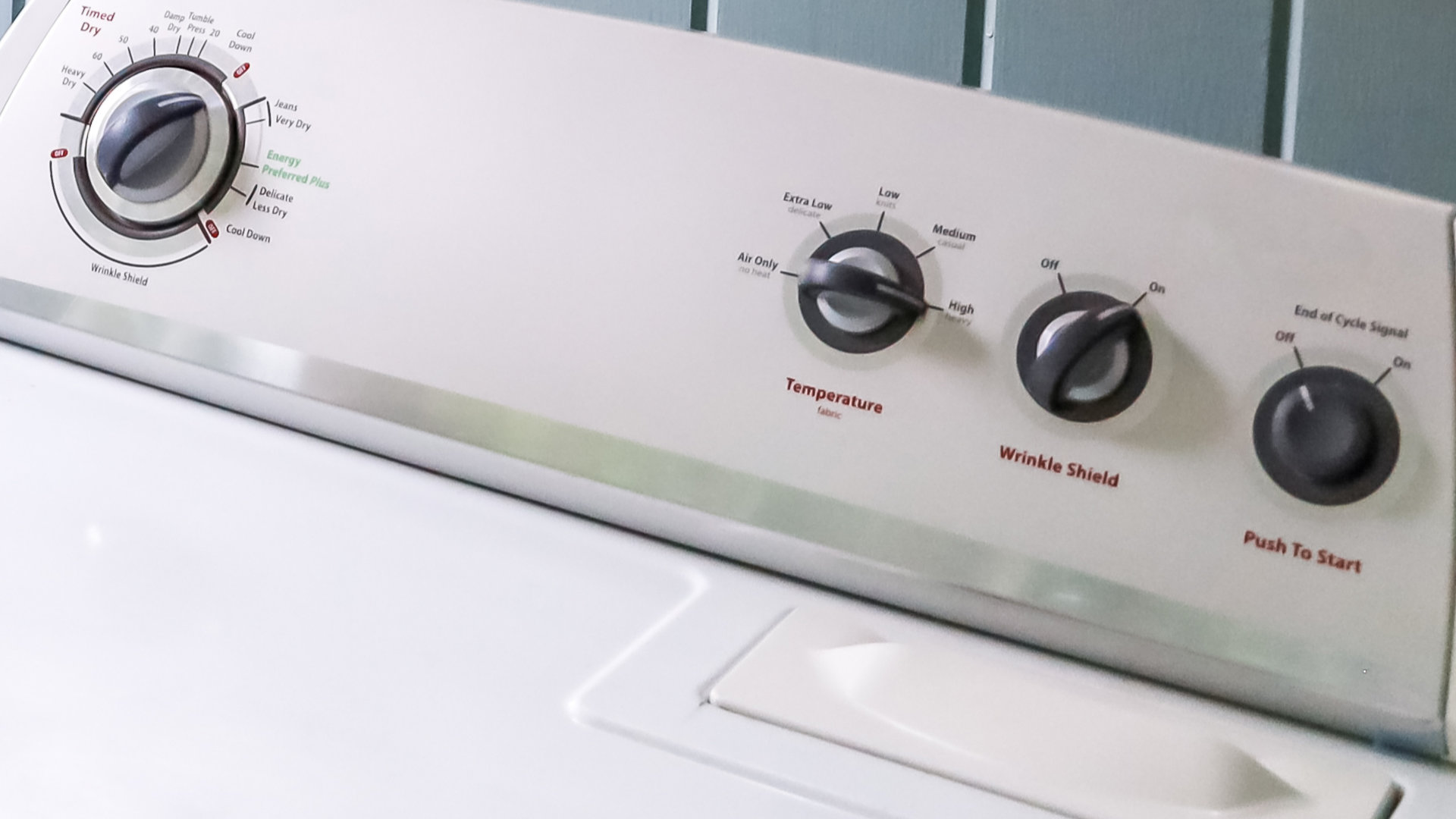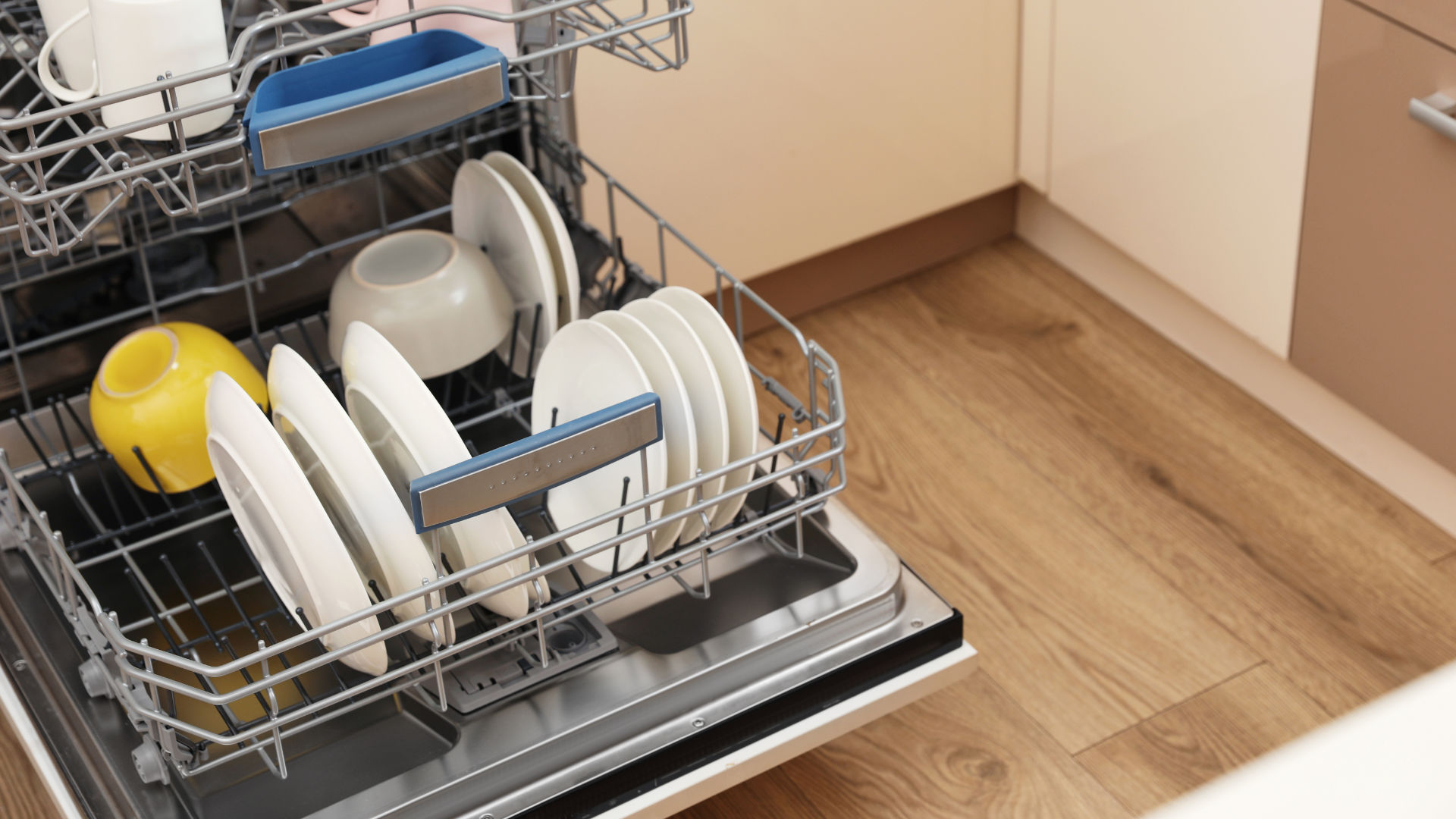
A leaking dishwasher is a worry no matter where the water is coming from. The good news is that at least if your dishwasher is leaking out the bottom of the door, you know you have a problem right away instead of many months from now. You can clean that water up right away, fix the issue, and will have less of a chance that water damage will affect your flooring and cabinets or mold growth. If the leak were to be happening at the bottom or back of your appliance, you may not notice it soon enough to prevent that extra damage to your home from happening.
While that is a bit of good news, the leaking issue is still very much a problem. It can be caused by many different issues, but they are all causing the same thing to happen for the most part. Dishwashers don’t actually fill with water past the lip of the door. It fills the bottom alcove of the appliance but does not go above the door seal. The seal is meant to stop splashing water, but when under constant water exposure, it will just leak out thus why a dishwasher seal is so much thinner than one on a front load washer, for example. This means your dishwasher is actually just being filled with too much water. This knowledge can help you know what you should be suspecting. If you aren’t even sure where to start, investigate these common culprits that will cause water to overfill and leak out your dishwasher door in order to stop the issue.
Clogged Filter
During normal function, your dishwasher is supposed to fill with soapy water for the wash cycle, which will then be drained away to make space for fresh water for the rinse cycle. However, there is a filter that sits over the drain meant to catch food particles (and small items) so they do no cause serious clogs deeper in the system.
If you can’t remember the last time you checked the filter in your dishwasher, then it likely needs cleaning. If the food particles build up on the filter, it will prevent the cycle from draining properly. In some models, this may stop the cycle, while in others it may keep trying to finish the wash and overfill. If you discover this is the case, you will definitely need to rewash your dishes as they have been contaminated.
Faulty Backflow Prevention
Backflow prevention is what prevents the drained away wash and rinse water from flowing back into your appliance. In some dishwashers, they utilize an air gap to prevent water from flowing backward. However, if the air gap becomes clogged with food or is covered on the surface, it will not work properly, allowing water to flow backward and overflow the dishwasher.
If you do not have a small nub that indicates an air gap on your sink, your dishwasher likely uses one of the alternatives, which is more common these days. These alternatives, either a high loop or a standpipe are all very dependent on the positioning. This means that they can be knocked out of position by rustling around under your sink. If you have recently bumped a hose, this can explain the issue. Again, as the overflow is backflow water, your dishes are contaminated and will need to be rewashed.
Malfunctioning Drain Pump
While gravity does a lot of the work, the drain pump is what physically pumps out the water to the drain hose after each cycle is finished. If the filter is full, sometimes particles or small dishes can find their way into the drain pump and impede it. However, the drain pump simply going bad can also manifest in overfilling. If the drain pump is at least trying to work, you will hear it when it switches cycles. If it sounds odd or cannot hear it at all, you will want to consider a replacement.
Malfunctioning Pressure Switch
Your first instinct when you learn that leaking from the dishwasher door is caused by overfilling might be to suspect the water inlet valve. Perhaps it is malfunctioning and letting too much water in. However, while this can be true, there is another part that is used to prevent just that from happening- the pressure switch. The pressure switch controls how much water is allowed in your dishwasher. If it detects overfilling, ideally it will signal the dishwasher to stop the water. However, if the pressure switch is damaged, it may not send the appropriate signals that prevent that overflowing. Like other mechanical parts, like the drain pump, you can test them with a multimeter.
Another issue that can happen is that the pressure chamber, used in conjunction with the pressure switch, is clogged. Over time, this can become clogged up with debris and will send out misreadings. Luckily, this isn’t something that needs to be replaced. Rather, once you locate it, the pressure chamber is actually something that is rather easy for you to cleanout. However, you will need to test the appliance after you clean it out. A full pressure chamber is more likely to result in no water rather than overfilling, but it has happened. As such, it is much more likely that the issue is the pressure switch, but since they are close to each other, might as well handle both at the same time.

How to Reset a Whirlpool Refrigerator Ice Maker
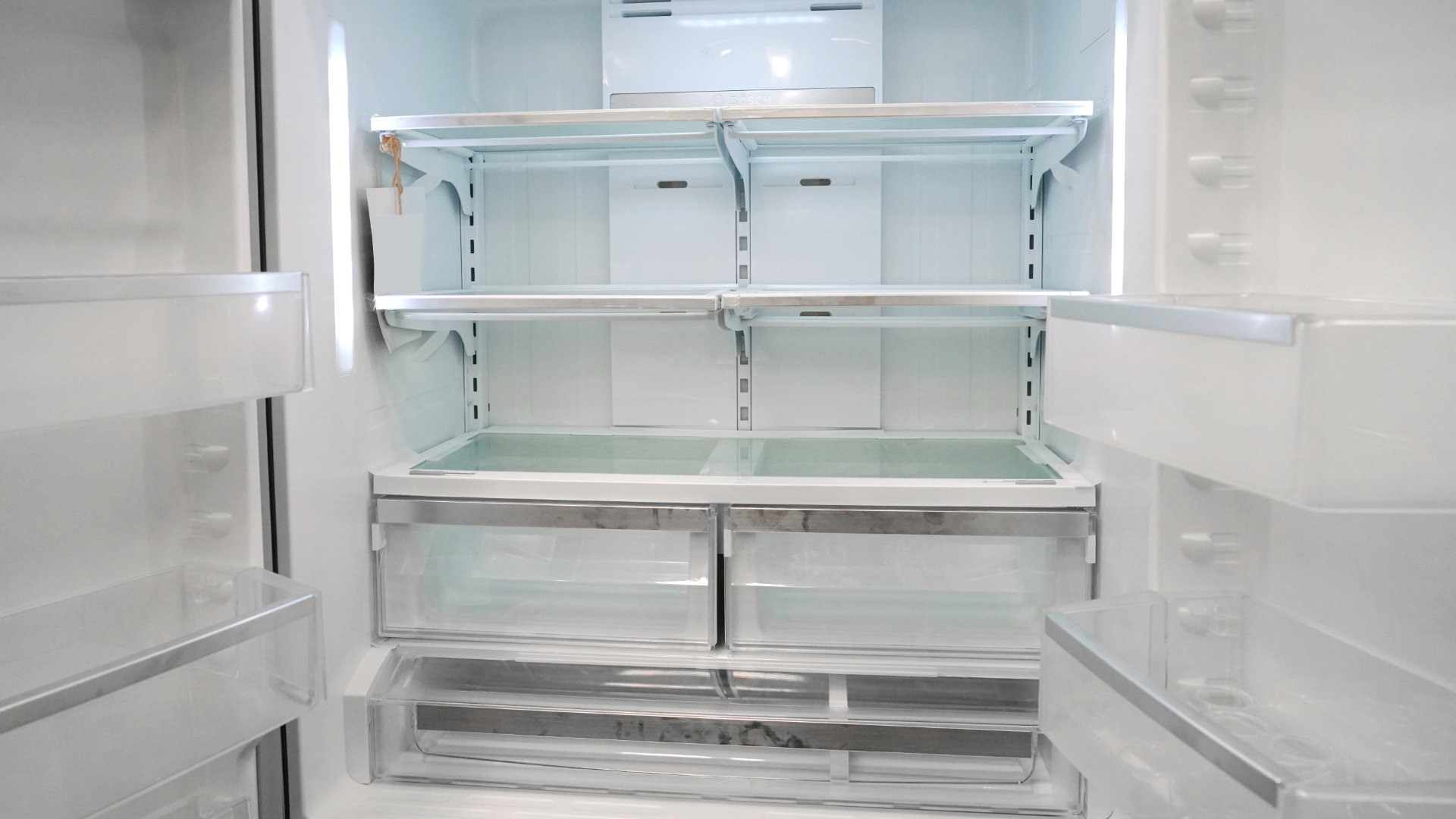
6 Reasons Your LG Refrigerator Is Not Making Ice

Kenmore Fridge Ice Maker Not Working? 5 Ways to Fix It
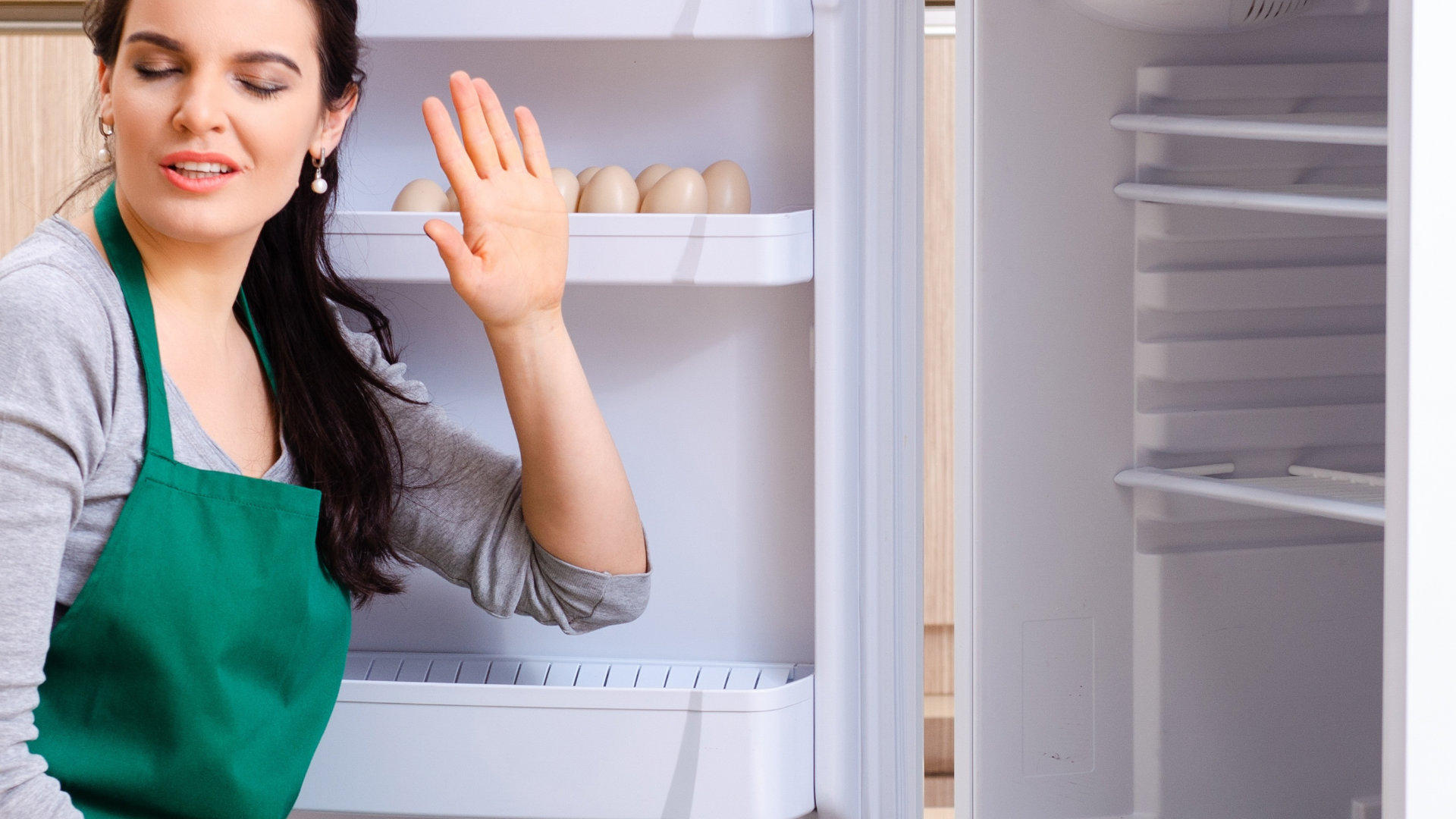
How to Remove Fish Smell from Your Refrigerator
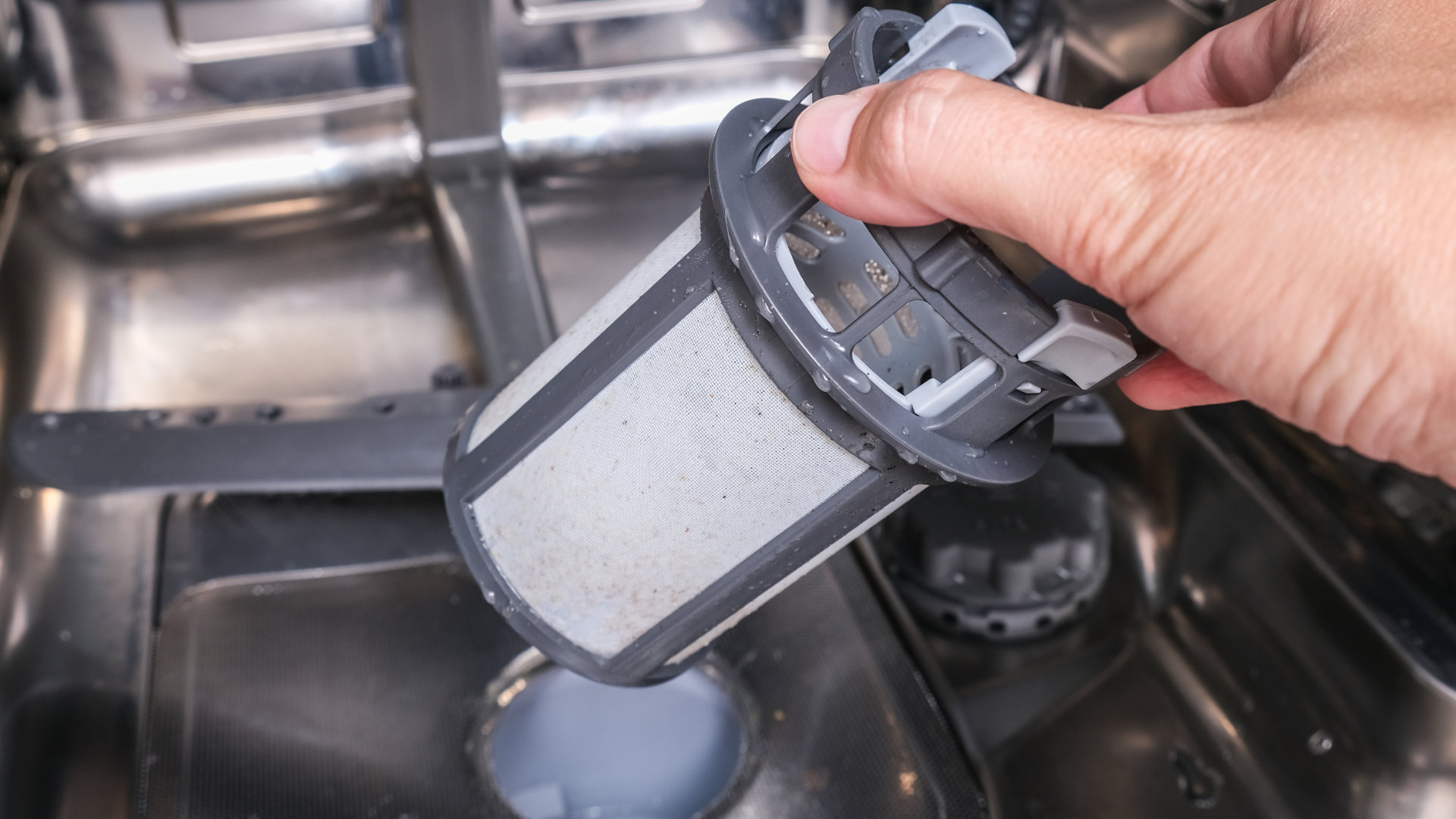
How To Fix Bosch Dishwasher E24 Error
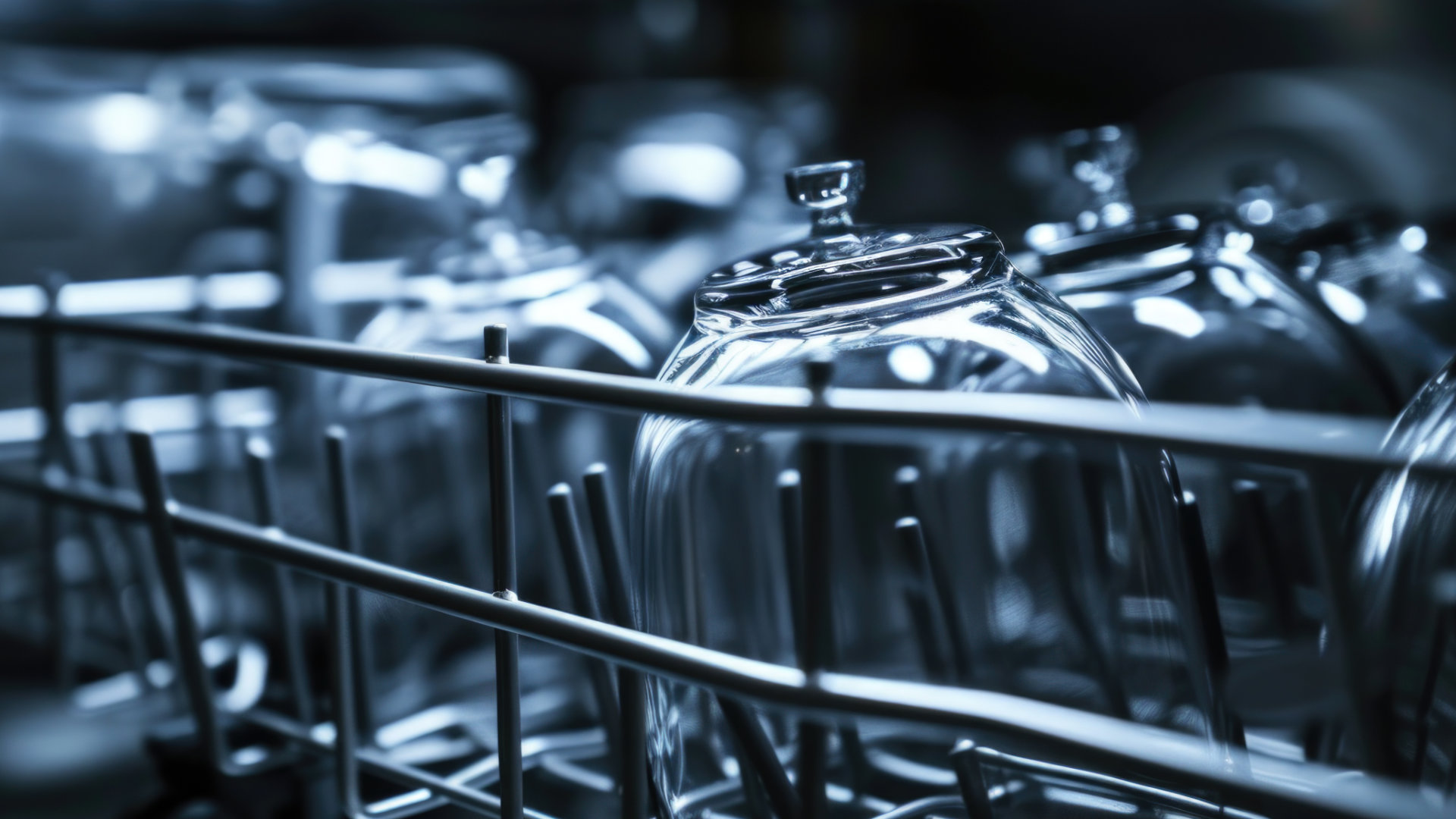
Troubleshooting a Whirlpool Dishwasher Not Draining
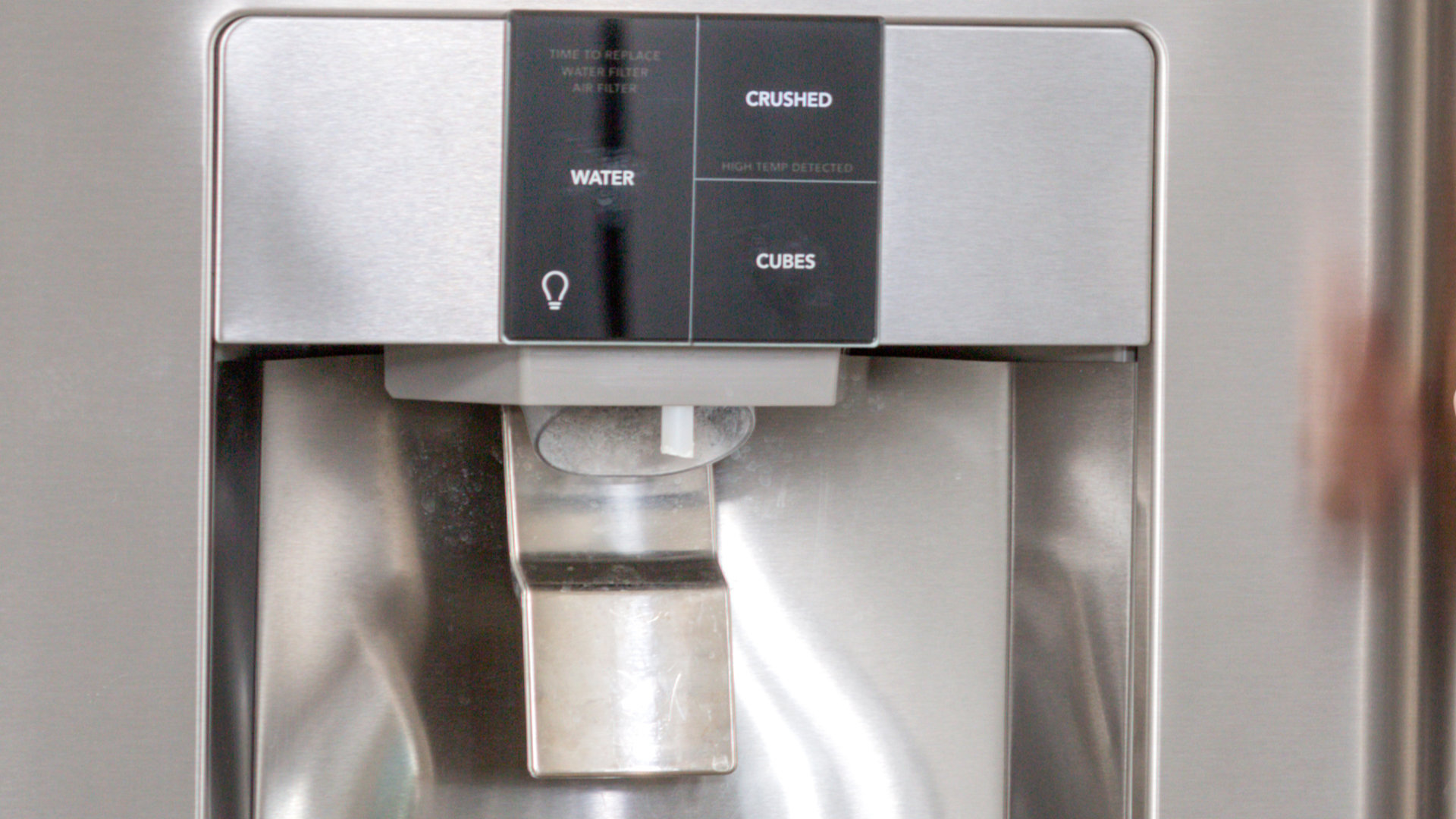
Why Is Your Fridge Water Not Working, but Ice Is?
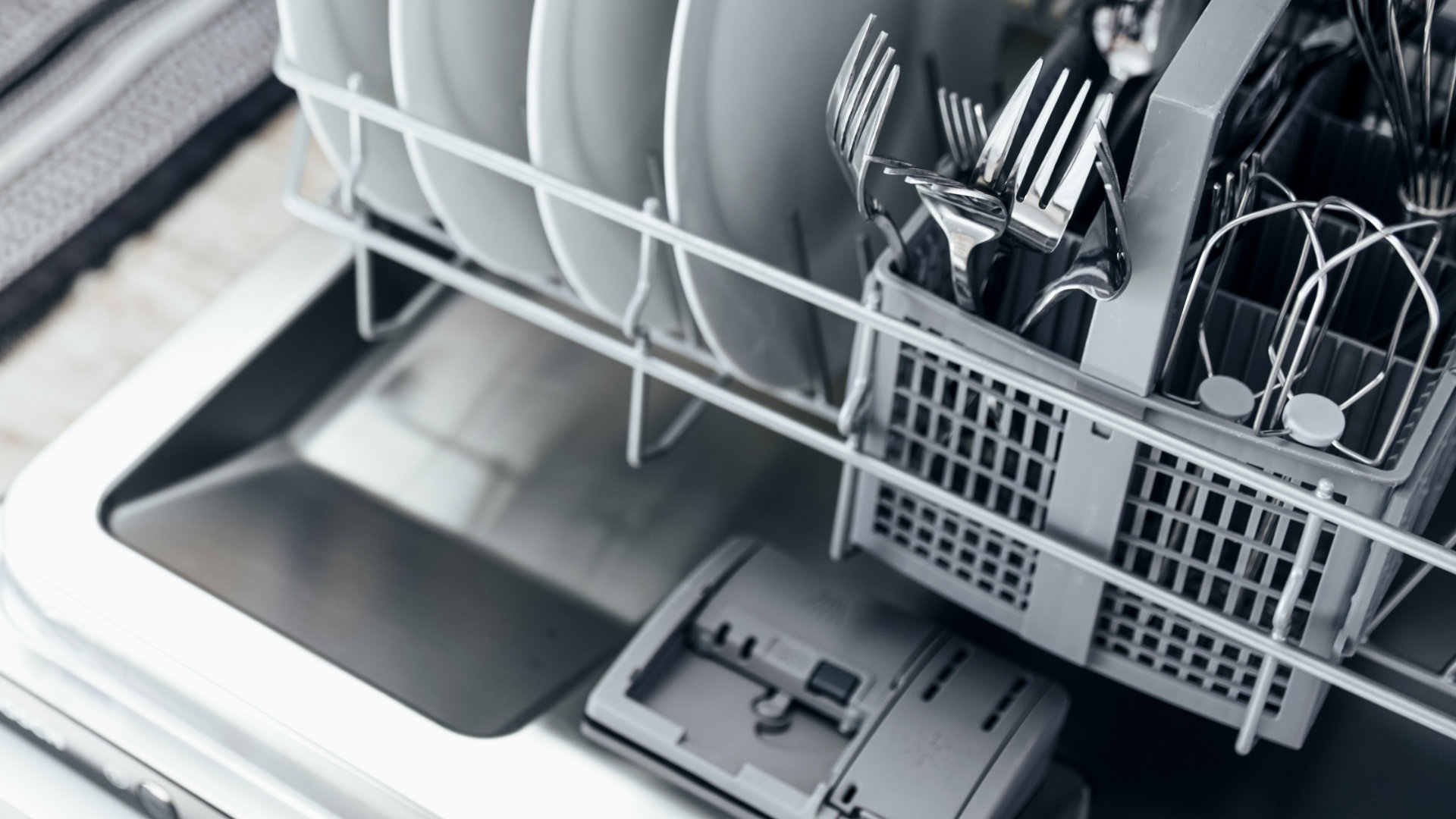
How to Fix the E15 Bosch Dishwasher Error Code
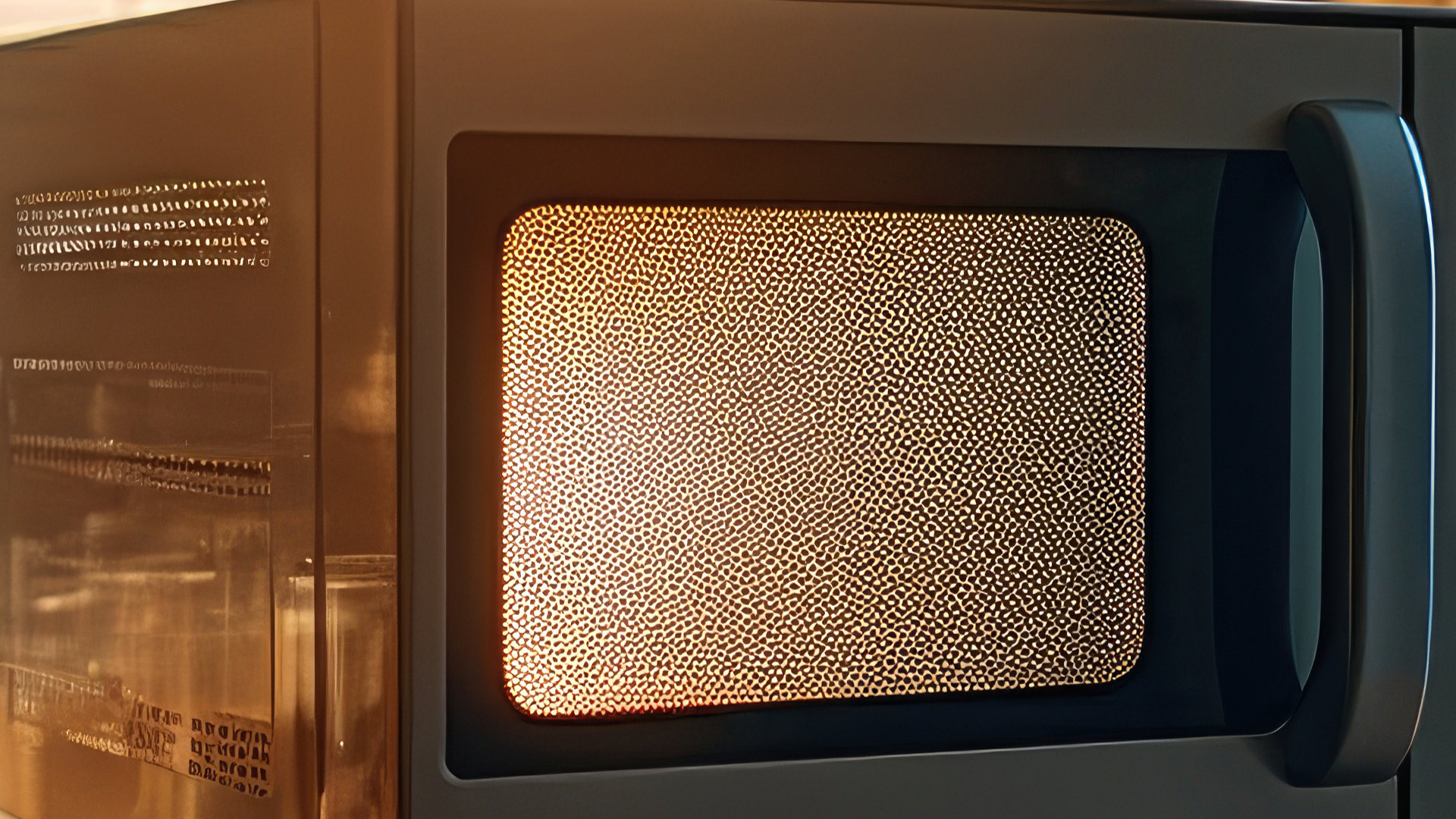
How Much Power Does a Microwave Use?
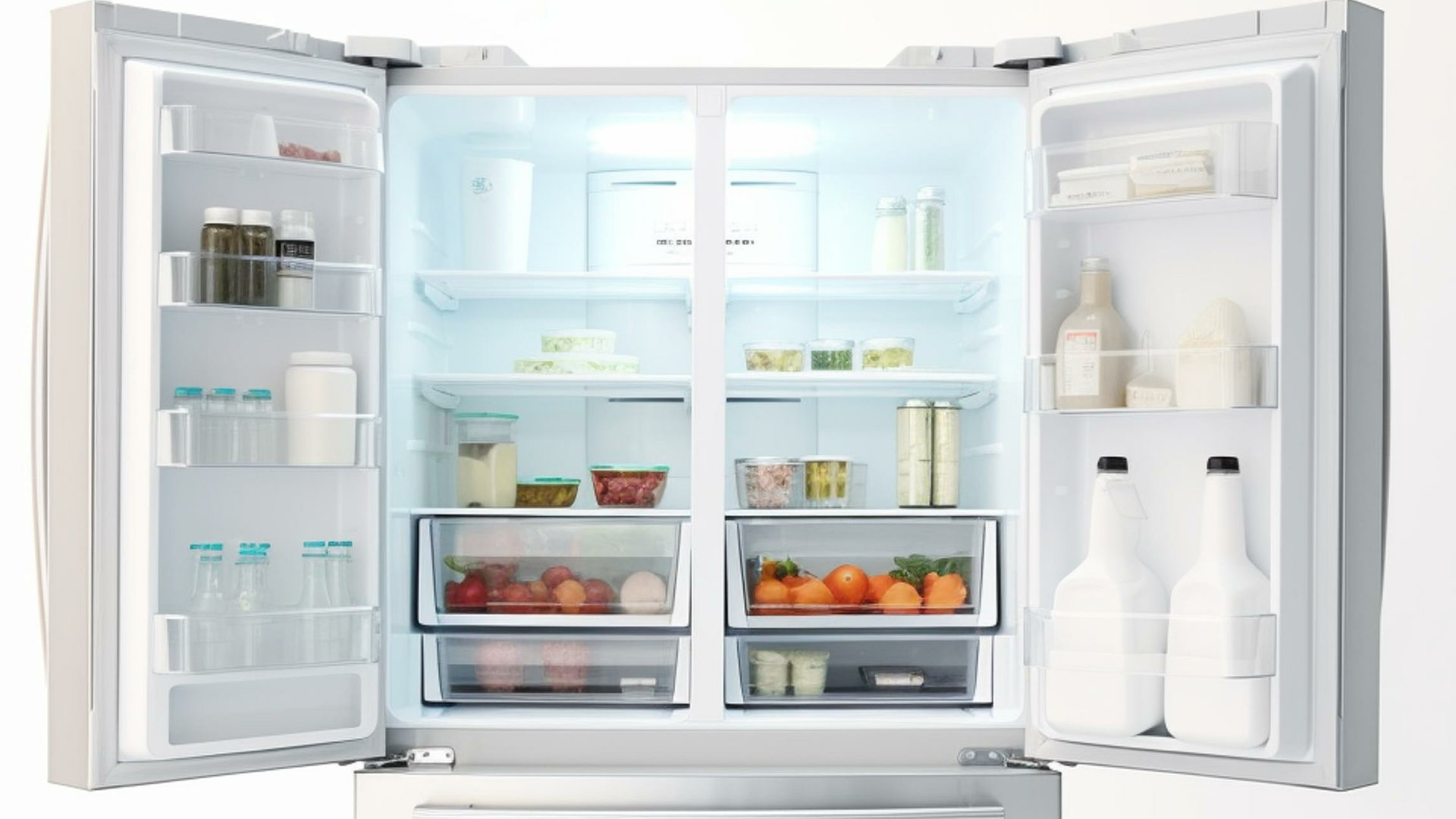
How to Properly Clean Refrigerator Coils
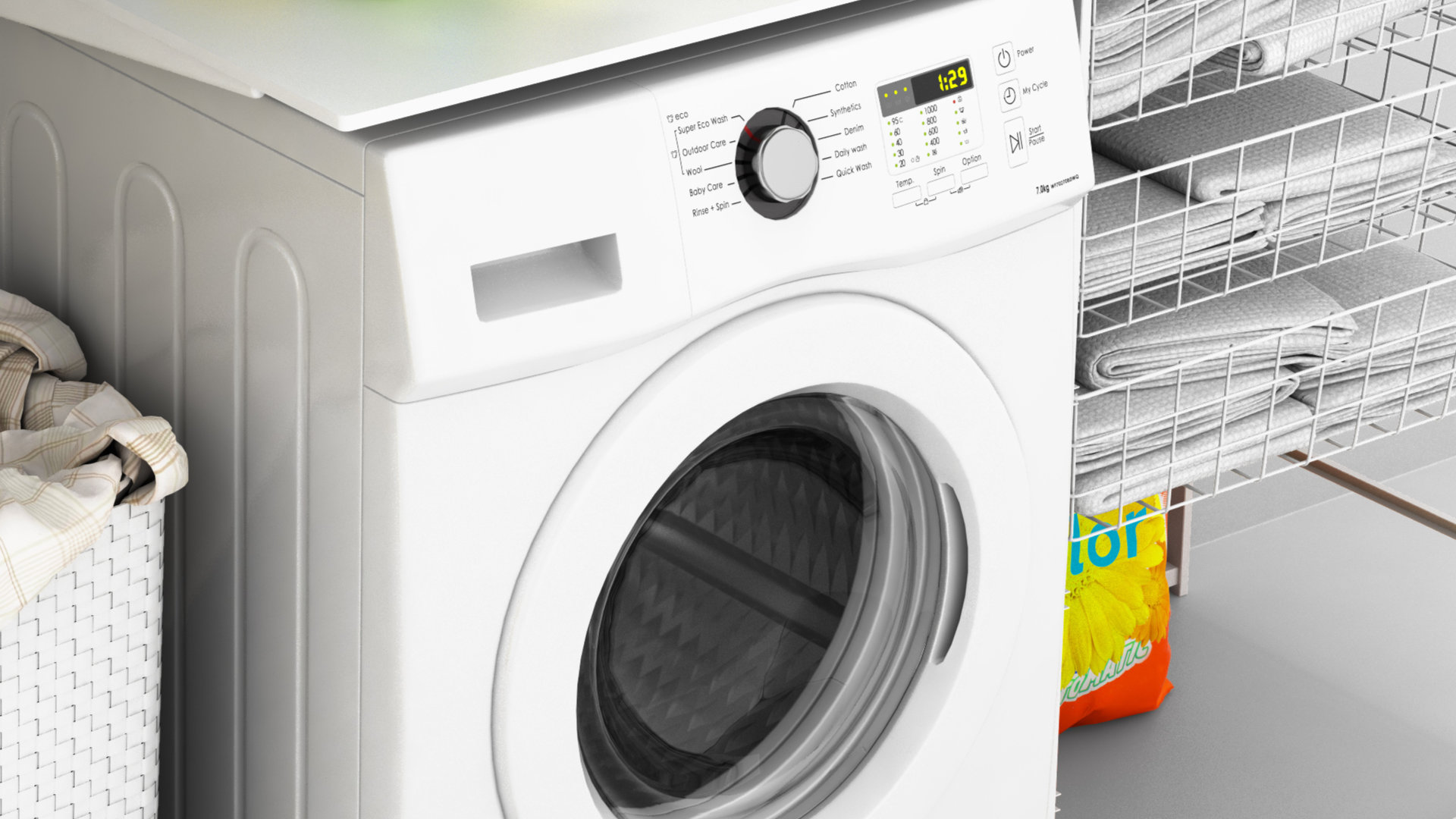
How to Fix an LG Washer Showing OE Error Code
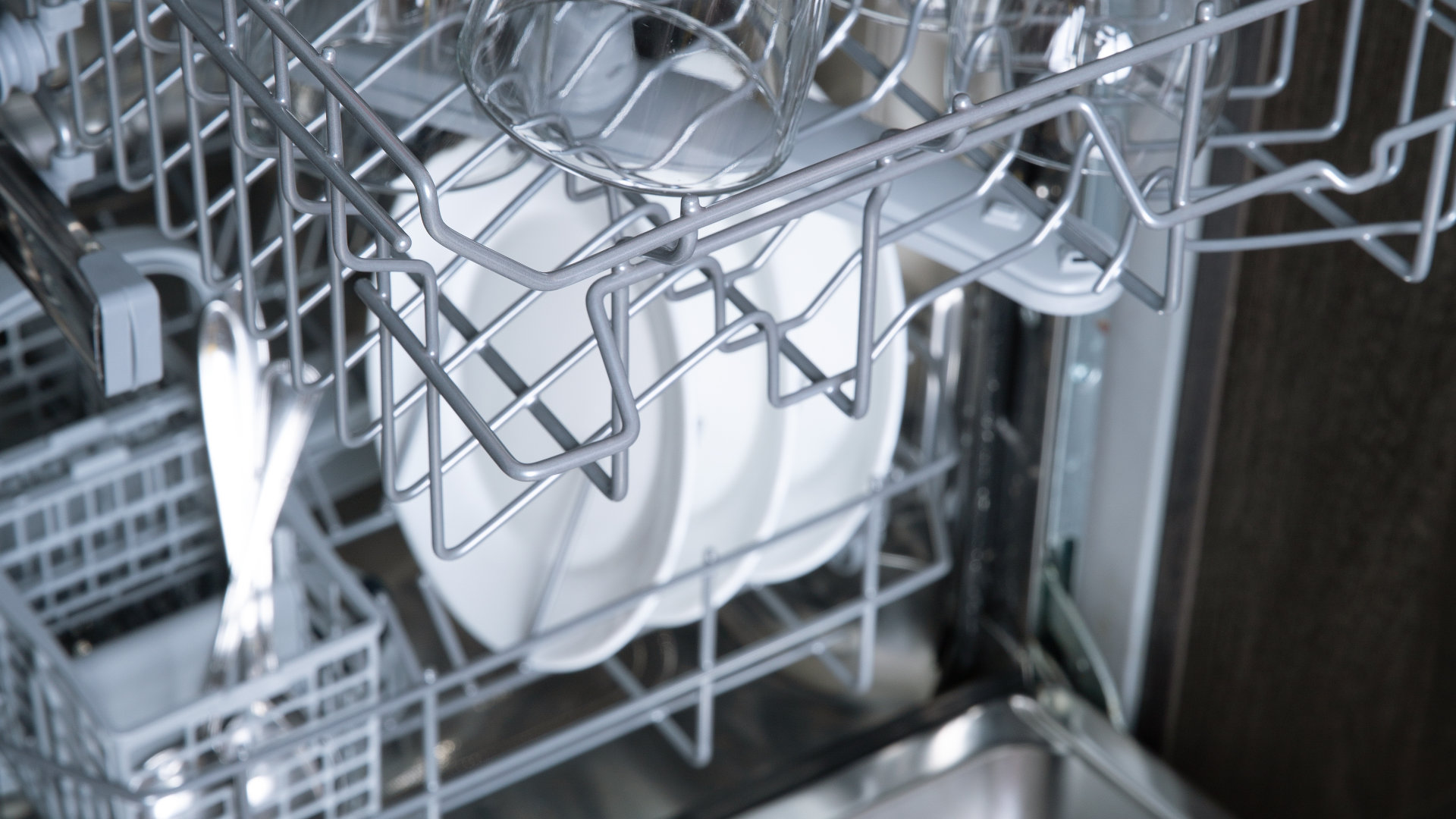
Troubleshooting a GE Dishwasher with No Power and No Lights
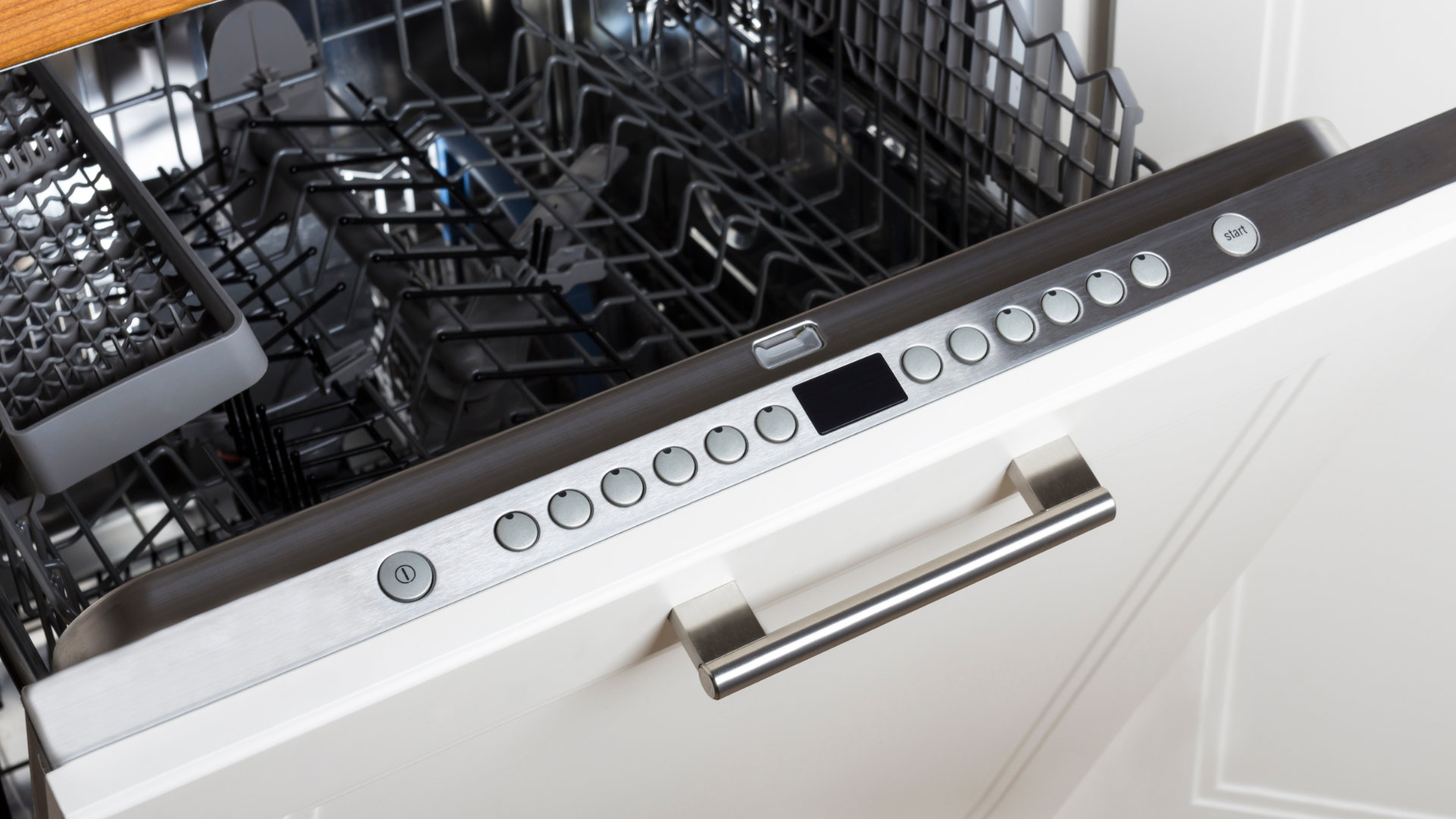
10 Reasons Why Your Bosch Dishwasher Won’t Start
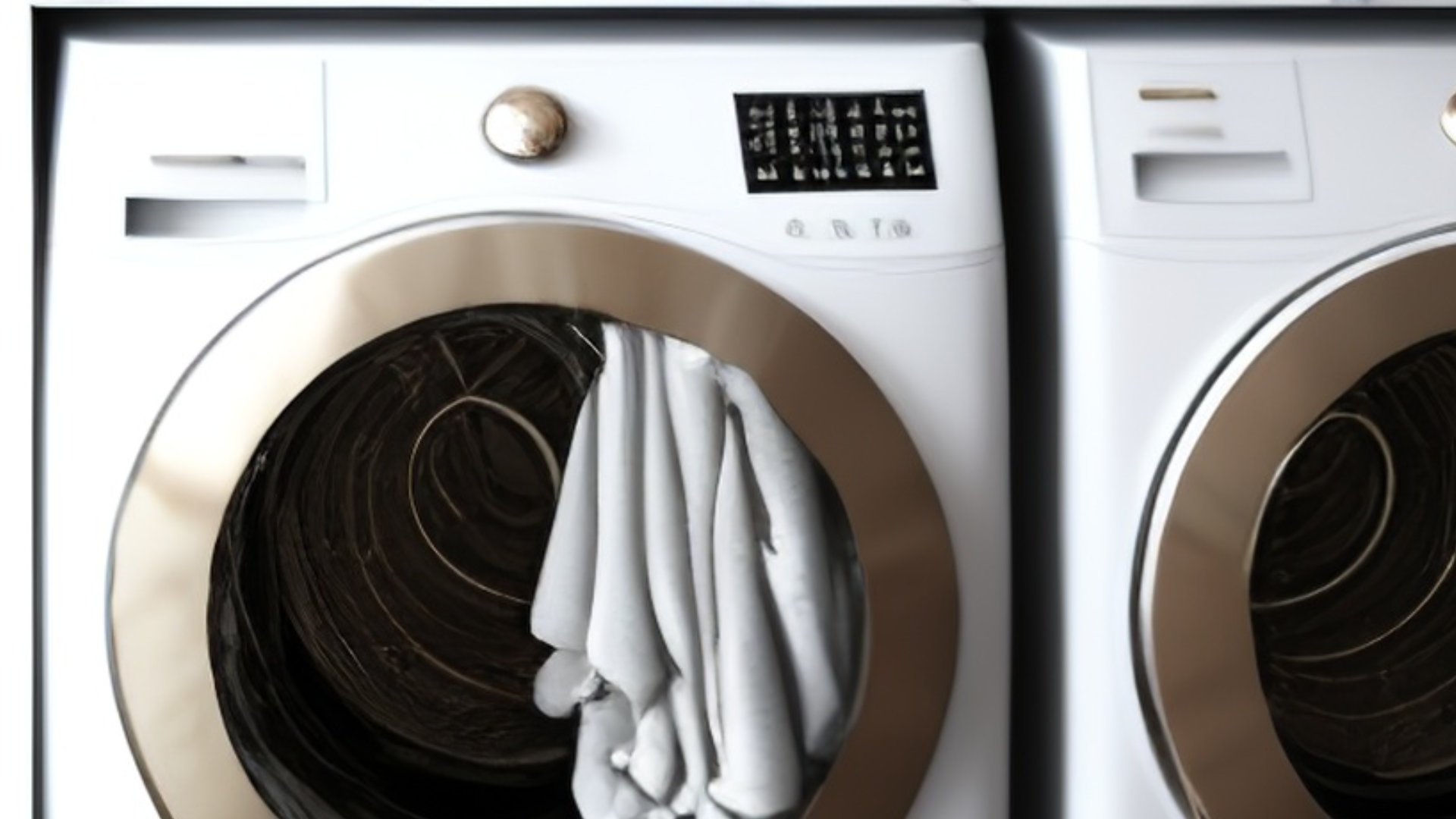
Troubleshooting the F5 Error Code with a Maytag Washer
